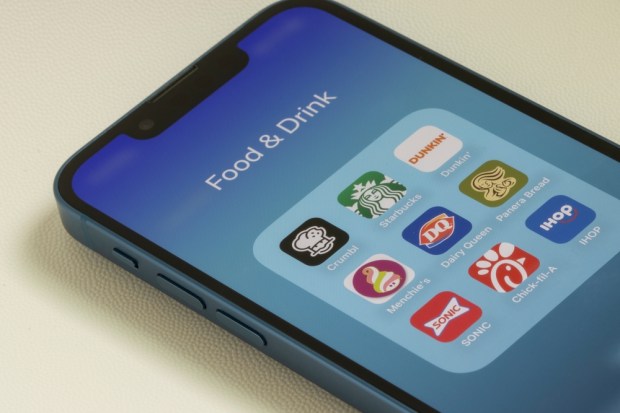PYMNTS Intelligence: Restaurant Success Hinges Increasingly on Technology

![]() The restaurant sector is transforming rapidly. Once laggards when it came to modernization, restaurants had to adopt digital tools and online sales channels overnight to survive the pandemic. Technology is now a critical part of the restaurant experience, and its importance continues to grow.
The restaurant sector is transforming rapidly. Once laggards when it came to modernization, restaurants had to adopt digital tools and online sales channels overnight to survive the pandemic. Technology is now a critical part of the restaurant experience, and its importance continues to grow.
![]() Restaurants have discovered how digital tools and modern solutions can help streamline business operations and meet consumers’ growing appetite for seamless experiences. According to a 2022 survey, 75% of restaurant operators plan to adopt new technology in 2023 to address their labor and cost challenges.
Restaurants have discovered how digital tools and modern solutions can help streamline business operations and meet consumers’ growing appetite for seamless experiences. According to a 2022 survey, 75% of restaurant operators plan to adopt new technology in 2023 to address their labor and cost challenges.
Using technology to meet the demand for convenience
Restaurants are making use of technology in a variety of ways. PYMNTS found that almost 55% of all restaurants have implemented curbside pickup and 50% have adopted mobile order ahead. The industry is also adopting technology to automate operations, with 76% of restaurants already using automation in at least three areas of operations.
Overall, restaurants are increasing their digital engagement capabilities, and consumers are eagerly embracing this. PYMNTS found that there has been an 11% increase in consumers ordering with restaurant apps, websites and aggregator tools — with more than 146 million Americans now ordering digitally in some way.
![]() While restaurants have already done a lot, consumers are interested in more innovation. To alleviate mounting wait times and deteriorating service, 70% of consumers expressed interest in applying technological aids, such as AI voice assistants, personalized menus and smartphone apps, into the drive-thru process. Already, some restaurants have started using AI voice assistants. These include Panera Bread, in its partnership with Amazon’s Alexa, and Del Taco Restaurants.
While restaurants have already done a lot, consumers are interested in more innovation. To alleviate mounting wait times and deteriorating service, 70% of consumers expressed interest in applying technological aids, such as AI voice assistants, personalized menus and smartphone apps, into the drive-thru process. Already, some restaurants have started using AI voice assistants. These include Panera Bread, in its partnership with Amazon’s Alexa, and Del Taco Restaurants.
Keeping the human element in technology
Although consumers largely want more technology, restaurants must keep the human element in mind. Even younger consumers, who are the most comfortable with and eager for new tools, still want human interactions when eating out — especially for sit-down dining.
Only 17% and 18% of diners, for example, enjoy using QR codes and kiosks, respectively, instead of menus and counters. While younger consumers are the most interested in these digital tools, nearly 60% still enjoy the traditional experience of interacting with a waiter. The takeaway for restaurants is that there is no longer a single dining experience, and the best course of action is to have a smorgasbord of both digital and traditional options available, from which consumers may take their pick.

